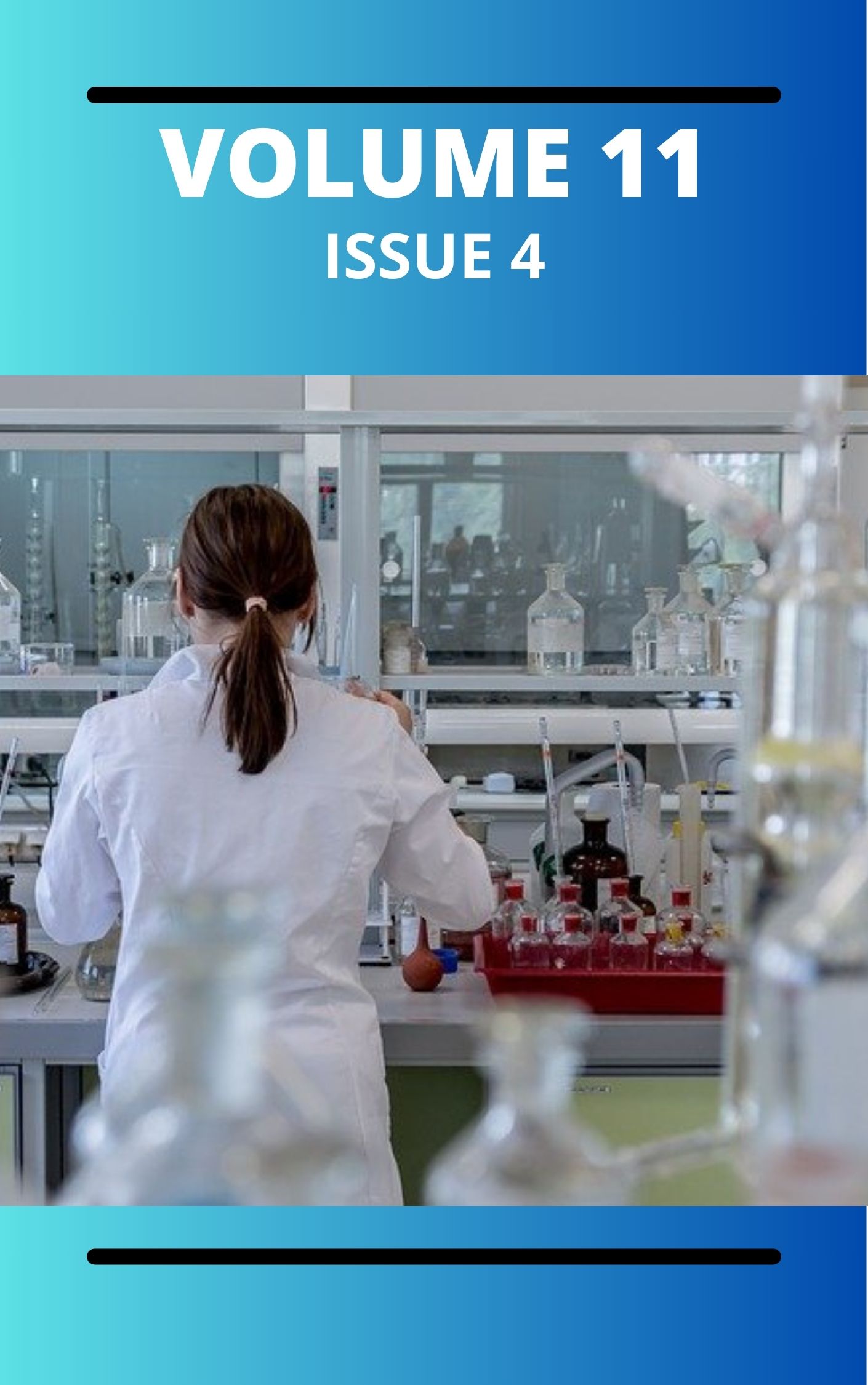The Effects of External Toxicants on Competitive Environment: A Mathematical Modeling Approach
DOI:
https://doi.org/10.4314/91z18y12Keywords:
Effects, External Toxicants, Competing Species, Modeling, Microplastics, Concentration, Competitive Environment, StabilityAbstract
The presence of microplastics in aquatic environments has become a critical global problem. These tiny particles called microplastics less than 5mm in size pose severe risks to ecosystems and human health via the food chain due to the presence of heat and sunlight acting on these disposed plastics into streams and rivers, then flow into the seas and oceans in particular. Sources of microplastic pollution include the disposal of plastics into aquatic environments daily, the constant radiation of sunlight acting on larger disposed plastics leads to the frequent emission of micrometers of plastic into the aquatic environment. Once in aquatic systems, microplastics are ingested by marine life, entering the food chain and causing significant health hazards. Assessing the ecological risks of microplastics is essential, but few works have been done on the effects of microplastics as an external toxicant. This dissertation modified and analyzed a nonlinear mathematical model to study the effects of toxicant concentration leaks from external sources on competing species environments. The system's stability is examined using the tools of the theory of differential equations and computer simulations. The analysis results indicated a sharp increase in species one concentration from the initial value of 0.1 to a maximum of 23.7789 within a month with the toxicant influx at, after that decreasing to a stable minimum of 23.7786, for the rest of the months. It is further observed that the increased toxicant flux reduces the concentration of species one. The more toxicant influx increases, the more the effects are felt by species one and two and the resource biomass over the investigated time intervals.
Downloads
Published
Issue
Section
Similar Articles
- Umar Dangoje Musa, Eloayi David Paul, Sani Uba, Nsikan Nwokem, Sani Danladi, Risk Assessment of Selected Metallic Pollutants in Fish from Zuru dam, Kebbi State, Nigeria , Communication In Physical Sciences: Vol. 12 No. 3 (2025): VOLUME 12 ISSUE 3
- S. A. Odoemelam, Inhibition of Corrosion of Mild Steel in Hydrochloric Acid Solution by two Schiff Bases Derived from Benheric and Linoleic Acids , Communication In Physical Sciences: Vol. 4 No. 2 (2019): VOLUME 4 ISSUE 2
- Anduang Ofuo Odiongenyi, Influence of Sol Gel Conversion on the Adsorption Capacity of Crab Shell for the Removal of Crystal Violet from Aqueous Solution , Communication In Physical Sciences: Vol. 8 No. 1 (2022): VOLUME 8 ISSUE 1
- N. S. Akpan, Compatibility Study of Polystyrene and Poly Methyl-methacrylate Blends using FTIR and Viscometry Methods , Communication In Physical Sciences: Vol. 4 No. 2 (2019): VOLUME 4 ISSUE 2
- Idegwu Abel Daniel, Milam Charles, Usaku Reuben, John Stanley, Joseph Christiana, Spectroscopic Analysis of Some Air Pollutants in Yola North LGA, Adamawa State, Nigeria , Communication In Physical Sciences: Vol. 12 No. 6 (2025): Volume 12 Issue 6
- Emeka C. Ogoko, Water Quality Assessment of Dug Wells in Lagos Island, Southwestern Nigeria , Communication In Physical Sciences: Vol. 4 No. 2 (2019): VOLUME 4 ISSUE 2
- Martins Moses, Ultraviolet-Visible Spectrophotometric Determination of Caffeine in Different Tea Samples , Communication In Physical Sciences: Vol. 9 No. 2 (2023): VOLUME 9 ISSUE 2
- S. U. Oghoje, Biofacilitation Potential of Sawdust on Landfarming of Petroleum Hydrocarbons Polluted Soils , Communication In Physical Sciences: Vol. 9 No. 2 (2023): VOLUME 9 ISSUE 2
- A. Abdulazeez, Antioxidant Assay and Flavonoids of Rind and Seed of Citrullus lanatusl linn (Water Melon) , Communication In Physical Sciences: Vol. 5 No. 1 (2020): VOLUME 5 ISSUE 1
- Agada Livinus Emeka, Sonloye Seyi Abiodun, Impacts of Temperature and Precipitation Variability in Northeast Nigeria: a Case Study of Yobe State , Communication In Physical Sciences: Vol. 8 No. 2 (2022): VOLUME 8 ISSUE 2
You may also start an advanced similarity search for this article.




